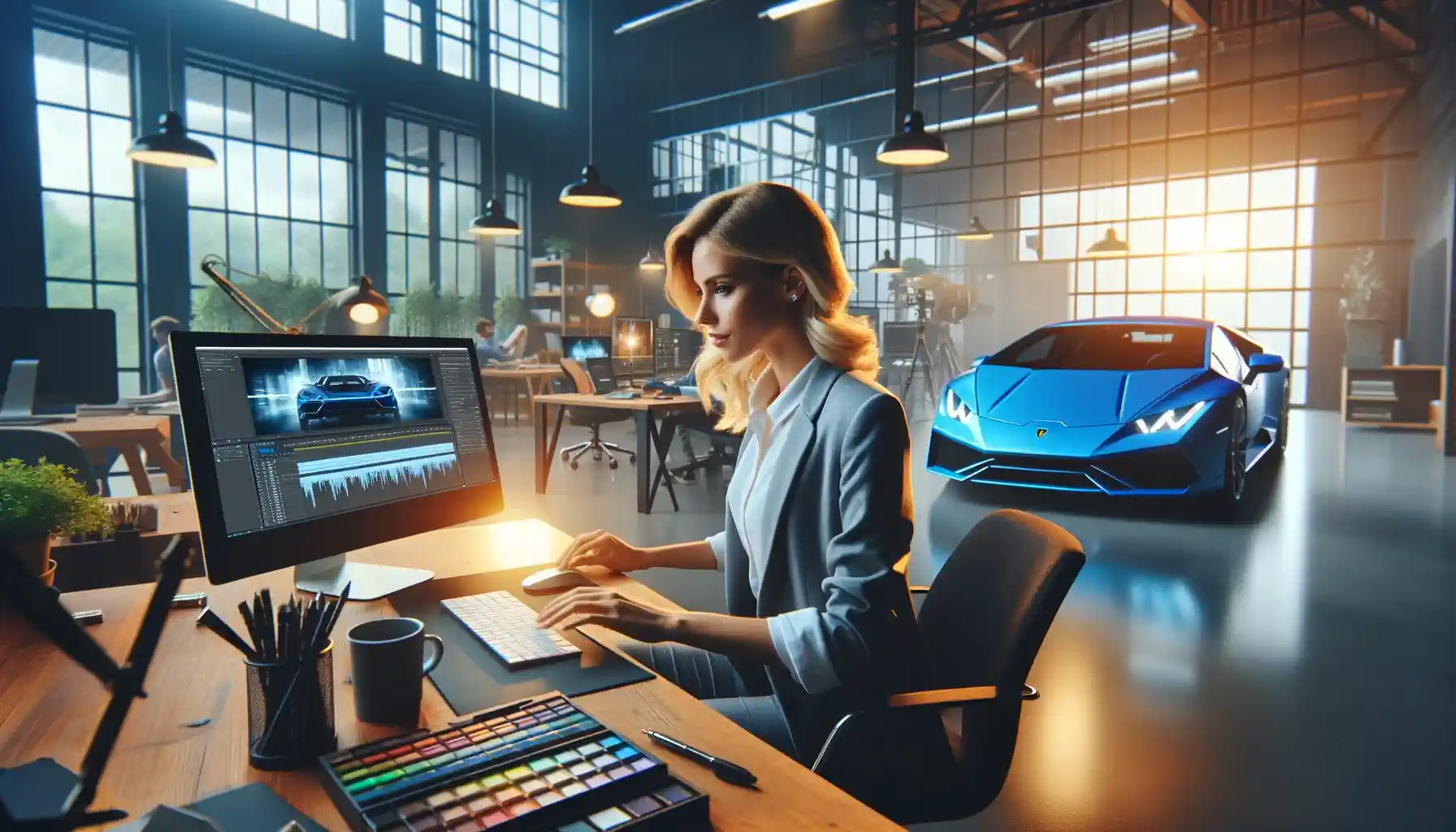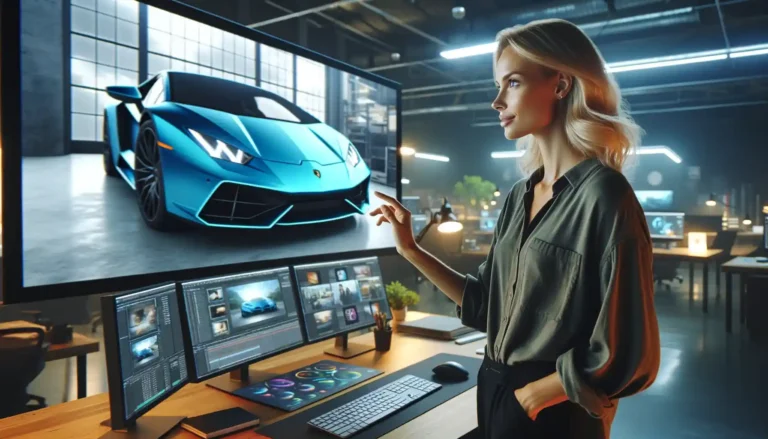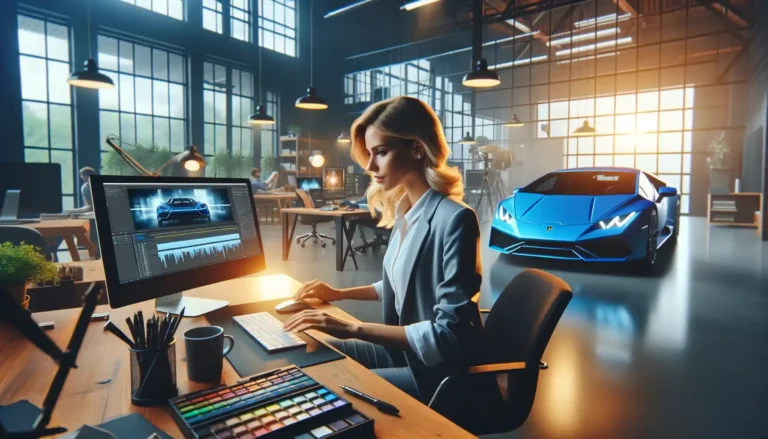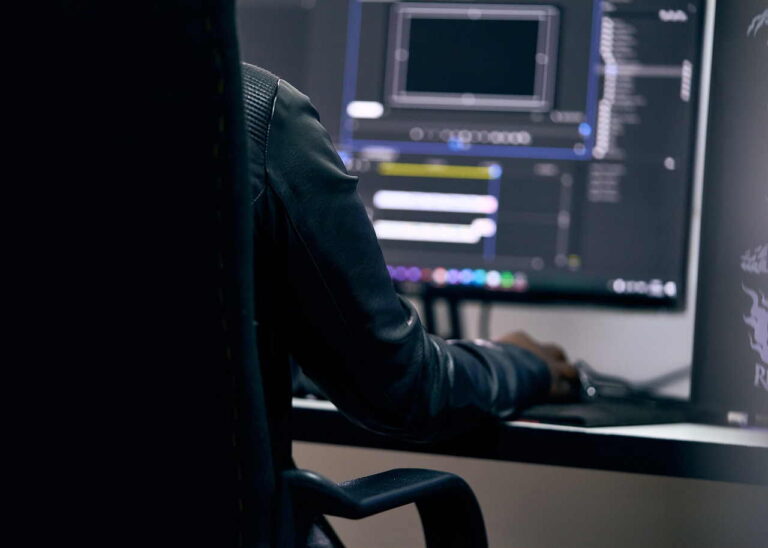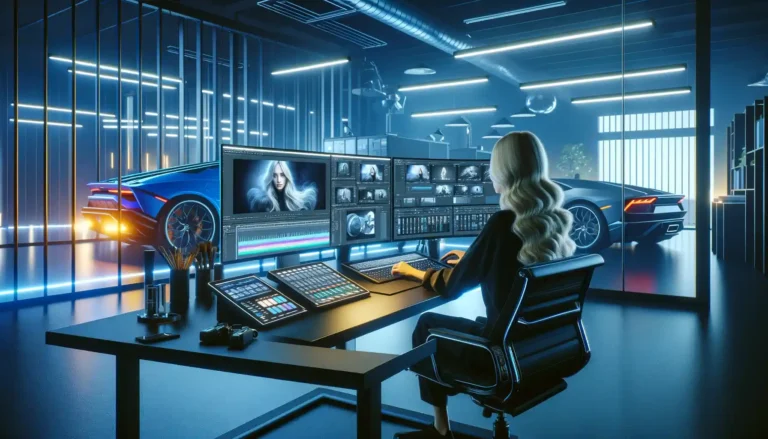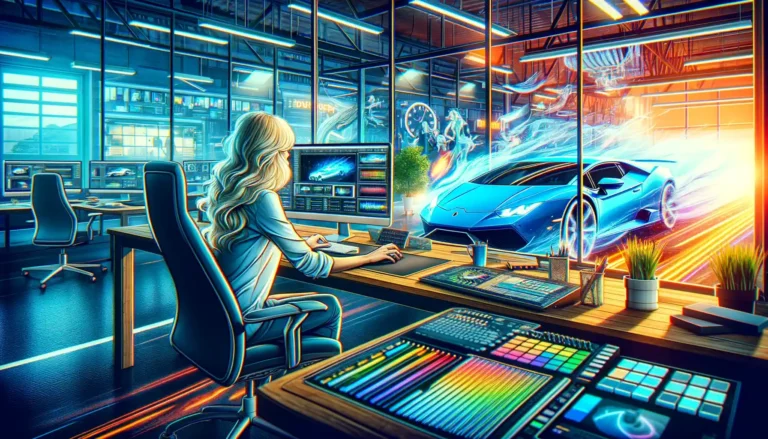Trends in Motion Design: Analysis of Current and Emerging Trends in Video Ads
Motion design Analysis of Current and Emerging Trends, constantly influenced by new technologies, cultural shifts, and creative innovations. In the context of video advertising, understanding these trends is crucial for creating content that not only captivates audiences but also drives engagement and conversion.
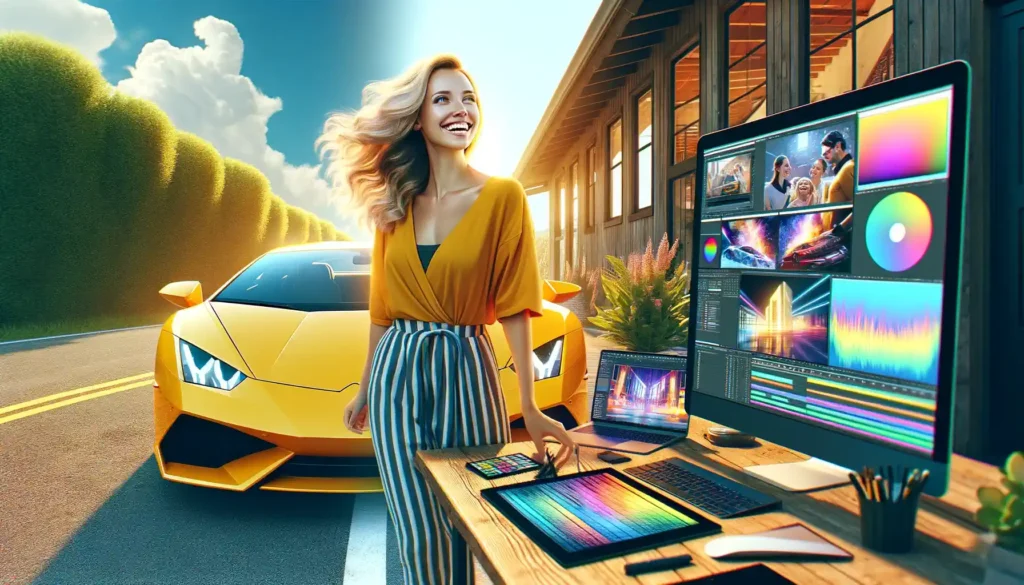
This article explores the current and emerging trends in motion design, providing insights into how these trends are shaping the future of video advertising.
1. Rise of Mixed Media Narratives
One of the most significant trends in motion design is the integration of various media forms. Designers are combining traditional graphics with video, text, and interactive elements to create richer, more engaging narratives. This mixed media approach allows for more dynamic storytelling, helping brands convey complex messages more effectively.
2. Sophisticated Animation Techniques
Animation techniques continue to evolve, offering more sophisticated tools to create fluid, lifelike animations. Advanced software capabilities such as Adobe After Effects and Cinema 4D are pushing the boundaries of what can be achieved. Techniques like morphing, 3D transformations, and seamless transitions are being used to create stunning, eye-catching ads that hold the viewer’s attention longer.
3. Emphasis on Authenticity
In a shift away from overly polished and perfect representations, there is a growing trend towards authenticity. Motion graphics that incorporate elements of hand-drawn animations or imperfect, organic textures are becoming more popular. This trend resonates with audiences looking for more genuine and relatable content, reflecting a broader cultural shift towards authenticity and transparency in marketing.
4. Use of Bold, Saturated Colors
The use of bold and saturated colors is becoming increasingly prevalent in motion design. These vibrant palettes capture the viewer’s attention quickly, making the content stand out in a crowded digital landscape. Especially effective in social media settings, such eye-catching colors can help increase the shareability of video content.
5. Custom Typography
Custom typography is another area where motion design is seeing a lot of innovation. Animated text is not just about delivering information; it’s about doing so in a way that enhances the overall aesthetic and engages viewers. Motion designers are experimenting with kinetic typography that interacts with other elements in the video, adding layers of depth and interest.
6. Integration of AR and VR
Augmented reality (AR) and virtual reality (VR) are beginning to have a significant impact on motion design. These technologies allow for the creation of immersive advertising experiences that can transport users to different places or transform their surroundings. As AR and VR become more mainstream, their integration into motion design will create new opportunities for engaging and interactive ads.
7. Data Visualization in Ads
With the increasing importance of data in marketing, motion design is being used more frequently to visualize complex data in an accessible and engaging way. Animated infographics and dynamic charts are helping businesses communicate key data points and trends effectively, enhancing the viewer’s understanding and engagement.
8. Sustainability and Social Responsibility
As global concerns about sustainability and social responsibility grow, these themes are becoming more prevalent in video advertising. Motion design is being used to promote eco-friendly practices and social change, employing visual strategies that resonate with values-driven consumers.
Analysis of Current and Emerging Trends in Motion Design Video Advertising
Motion Design Analysis of Current and Emerging Trends in video advertising with an effective strategy for capturing audience attention. As technology advances and consumer preferences shift, new trends continually emerge, shaping the landscape of video advertising.
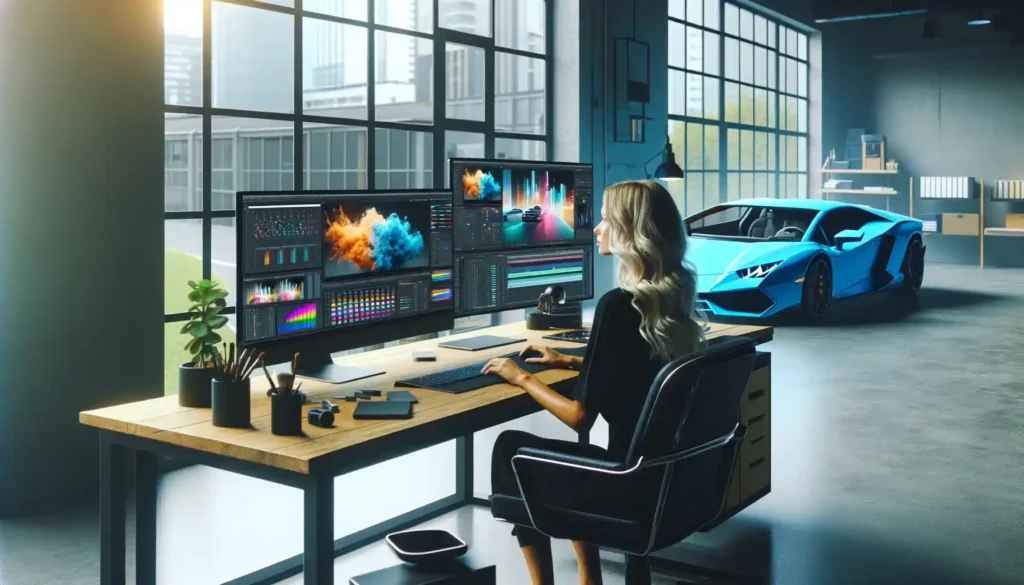
Current Trends in Motion Design
- Minimalism and Simplification
- Overview: Minimalism in motion design focuses on simplicity and clarity to convey messages effectively without overwhelming the viewer.
- Impact: This trend helps in delivering a clear and concise message, which is particularly effective in a digital environment where users are bombarded with information.
- Bold Color Palettes and Gradients
- Overview: Vibrant colors and smooth gradients are increasingly used to attract viewer attention and convey energy and vitality.
- Impact: Bold colors make ads stand out among the plethora of content online, enhancing brand recall and viewer engagement.
- Seamless Transitions
- Overview: Fluid transitions in motion graphics ensure a cohesive storytelling experience, keeping the viewer engaged from start to finish.
- Impact: Seamless transitions help maintain the narrative flow, making the overall viewing experience more enjoyable and effective.
Emerging Trends in Motion Design
- Increased Use of 3D Elements
- Overview: As software and hardware continue to advance, 3D elements are becoming more prevalent in motion design, offering a new depth of realism.
- Impact: 3D graphics not only enhance the visual appeal but also improve the viewer’s understanding of complex concepts through realistic representations.
- Integration of AR and VR
- Overview: Augmented reality (AR) and virtual reality (VR) are starting to be integrated into motion design, creating immersive advertising experiences.
- Impact: AR and VR enable brands to engage with their audiences in innovative ways, providing interactive experiences that boost engagement and memorability.
- Data-Driven Animations
- Overview: Animations are increasingly being driven by data, allowing for more personalized and relevant advertising experiences.
- Impact: Data-driven animations can tailor experiences to individual viewers, increasing the relevance and effectiveness of marketing campaigns.
- Focus on Storytelling
- Overview: There is a growing emphasis on using motion design to tell compelling stories rather than just sell products.
- Impact: Effective storytelling can create emotional connections with the audience, fostering brand loyalty and a deeper engagement with the content.
Technological Advancements Impacting Motion Design
- Artificial Intelligence (AI)
- Use: AI is being used to automate some aspects of motion design, such as creating personalized content quickly and efficiently.
- Benefits: AI can significantly reduce production times and costs while allowing for scalability in video advertising campaigns.
- Advanced Software Capabilities
- Use: New software capabilities allow for more complex animations to be created more easily and quickly.
- Benefits: Designers can push creative boundaries without being hampered by technical limitations, leading to more innovative and eye-catching ads.
Analysis of Current and Emerging Trends Conclusion
The trends in motion design reflect broader technological and cultural shifts. From the rise of mixed media narratives and sophisticated animation techniques to a focus on authenticity and social responsibility, motion design is continuously reshaping the landscape of video advertising. By staying informed of these trends, designers and marketers can create more effective, relevant, and engaging video content that resonates with today’s audiences. As we look to the future, the integration of emerging technologies and the continuous innovation in creative techniques will undoubtedly open up new frontiers for motion design in advertising.
- How to Create Viral VFX Ads: Exploring the Creative Processes
- Effective 3D Strategies for Video Advertisements with Animation in Action
- How Motion Design Will Evolve in The Digital Video Marketing
- Successful Motion Design Ad Campaigns Case Studies
- Trends in Motion Design: Analysis of Current and Emerging Trends in Video Ads

